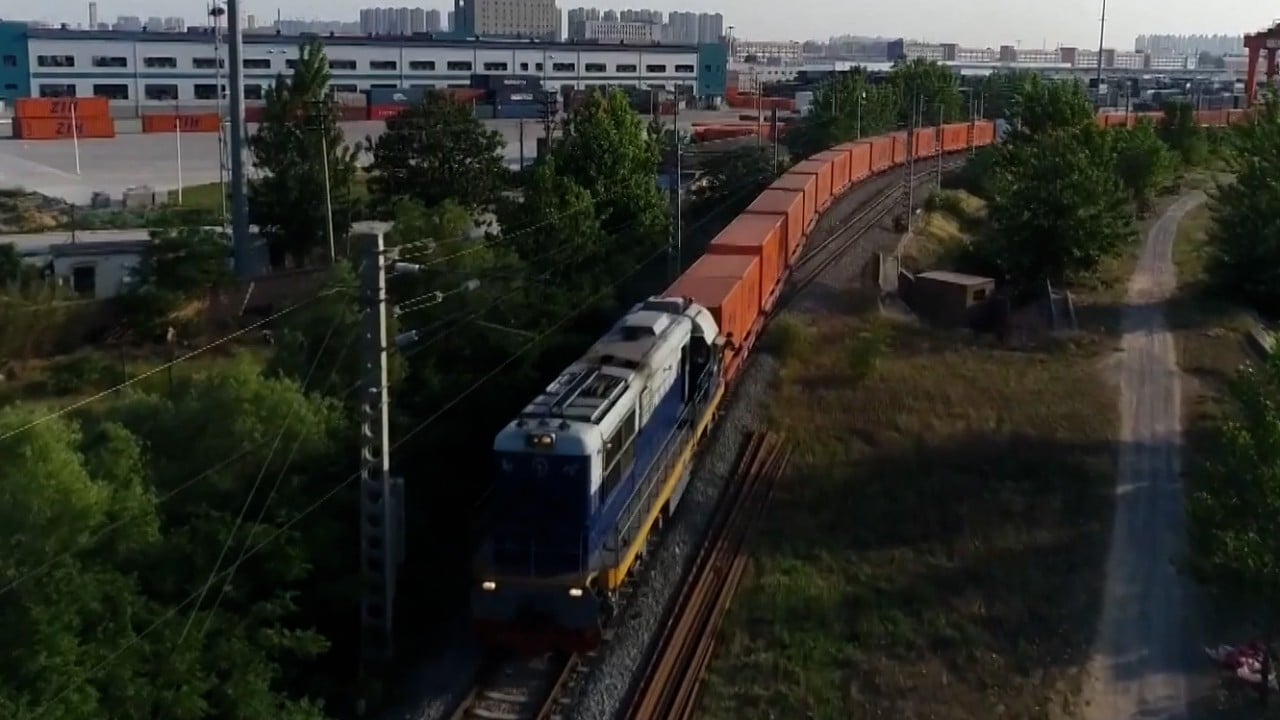
China’s biggest economic circle is getting high-speed rail, in boon to Shanghai and Yangtze River Delta
- Massive and long-anticipated rail project gets the plan approval it needs to stay on track and serve as an infrastructure-fuelled economic growth engine for China
- But concerns exist over the urbanisation impact in and around cities connected by the 555km railway that will feature 16 stops in Shanghai, Jiangsu and Anhui
Preliminary designs for a high-speed railway linking three provinces in China’s Yangtze River Delta have finally been approved after discussions dating back nearly a decade, laying the groundwork for construction to begin this year.
With a total investment of 180 billion yuan (US$26 billion), the 16-station railway will span 555km (345 miles) in eastern China, linking Shanghai and cities in the provinces of Jiangsu and Anhui, according to the National Development and Reform Commission.
It also said the trains are designed to reach speeds of up to 350km/h (217.48mph) – nearing the top speeds of Formula One race cars.
China to boost economy with 12,000km expansion of high-speed railway by 2025
First proposed by the State Council, China’s cabinet, in 2013 to improve the transport system of the Yangtze River Economic Belt, the Shanghai-Nanjing-Hefei high-speed railway will run along the north Yangtze River.
After years of debate and the formation of an integrated delta plan by provincial authorities, the rail project started to gain steam in 2018. And now, after four years of field surveys and bidding, the designs have been given the green light.
But it was unclear when the project may be finished, as no timetable was given.
The total gross domestic product (GDP) of the three eastern regions crossed by the project was about 20 trillion yuan (US$2.9 trillion) last year, accounting for 17.71 per cent of China’s total GDP, according to the National Bureau of Statistics.
“Constructing high-speed rail will allow these cities to access a larger production network,” said Larry Hu, chief China economist with Macquarie Capital.
The push for closer economic integration in the Yangtze River Delta, an economic circle of 41 cities in eastern China’s Shanghai, Anhui, Jiangsu and Zhejiang provinces, is said to be the main factor driving this rail project.
With 3.7 per cent of China’s land area and 16.7 per cent of the country’s population, the delta generates 24 per cent of China’s economic output, accounting for a quarter of the country’s industrial output and 36.8 per cent of its foreign trade volume, according to official regional figures for 2021.
The Yangtze River Delta has been described by the State Council as an engine driving China’s technological development and foreign trade, and the construction of an integrated transport system was included in the State Council’s development outline in 2019.
Could China use a high-speed ‘doomsday train’ to launch nuclear missiles?
There is considerable imbalance in the population developments in the three regions covered by the new railway. Data from the seventh national census shows that Shanghai and Jiangsu’s populations flow mainly from Anhui, with both exceeding 20 per cent of the total inflow.
“China’s infrastructure investment was not growing from 2018 to 2021, but it has already managed to grow 10 per cent in the first half of this year, and I believe it will grow even faster in the second half,” Hu said.


